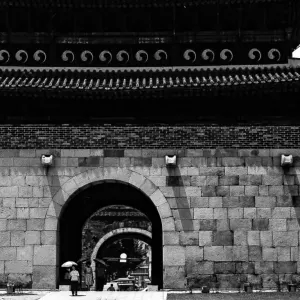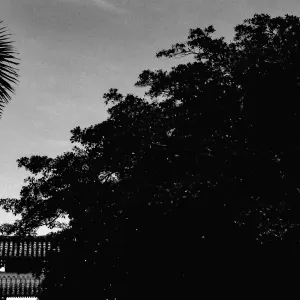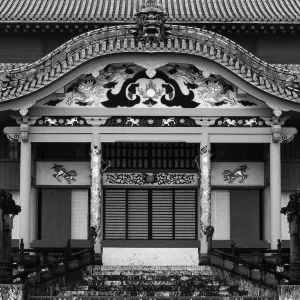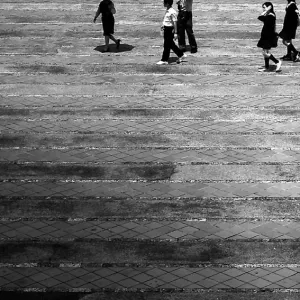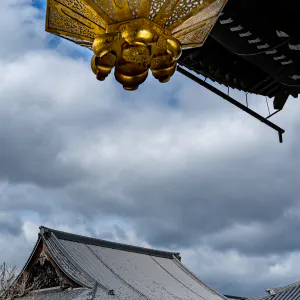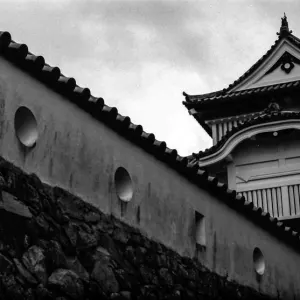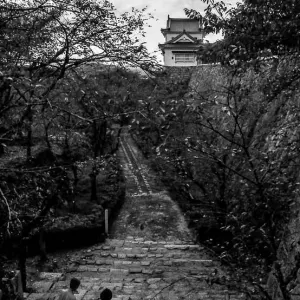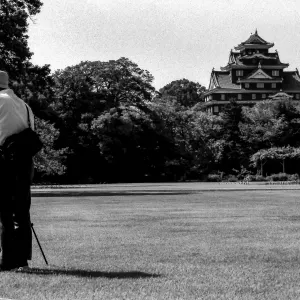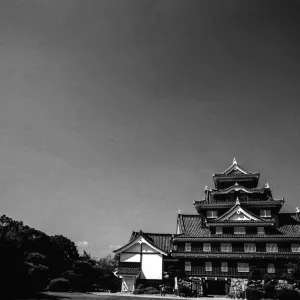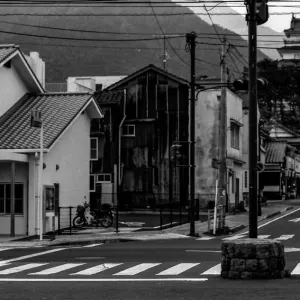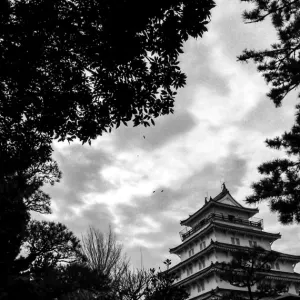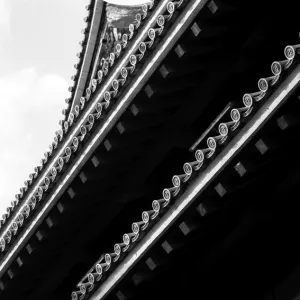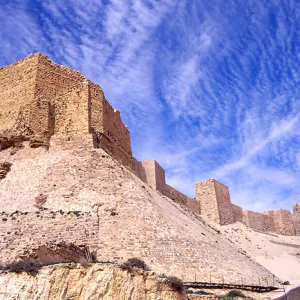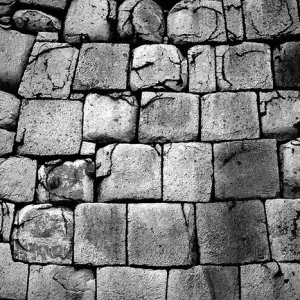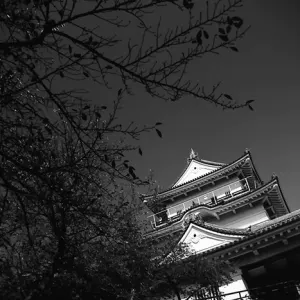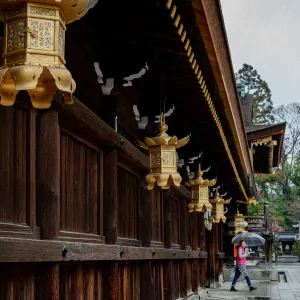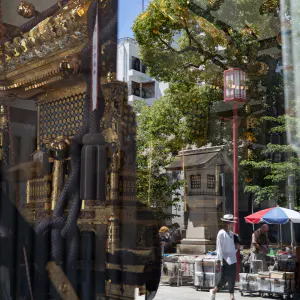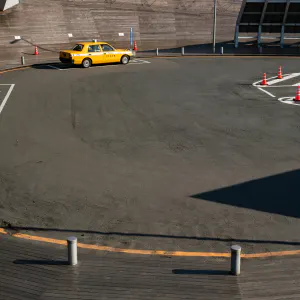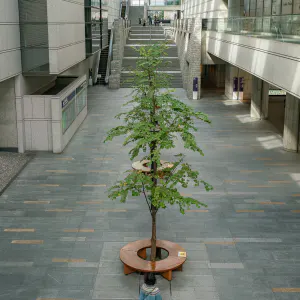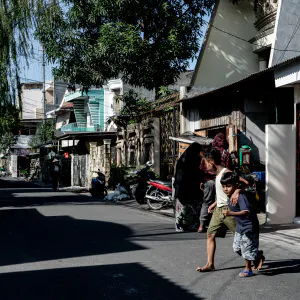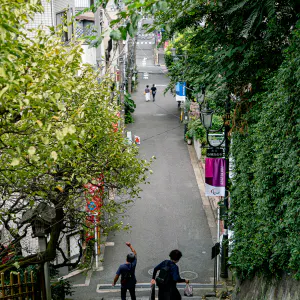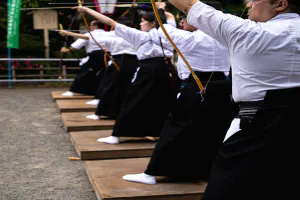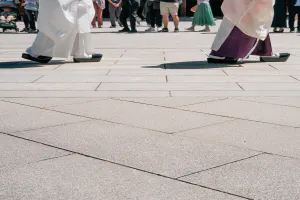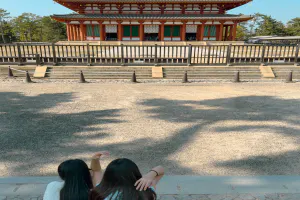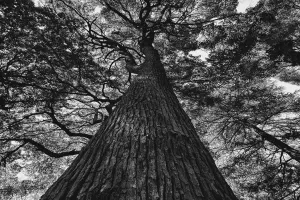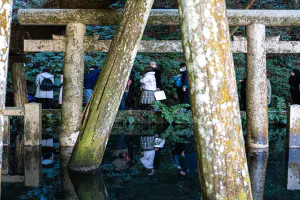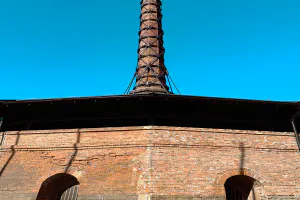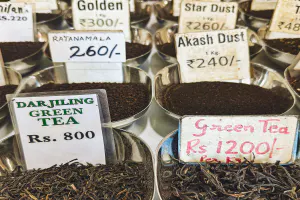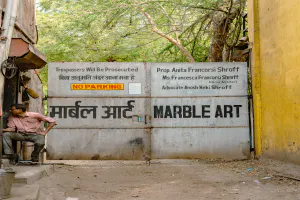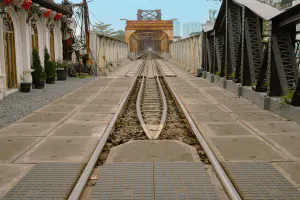The Karamon gate, the main gate of the Ninomaru Palace of Nijo-jo castle, is gilded with gold
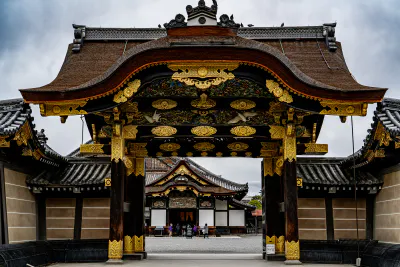
Historically, there have been four castles known as Nijo-jo Castle in Kyoto. The four castles are the residence of Ashikaga Yoshiteru, the 13th shogun of the Muromachi Shogunate, the residence of Ashikaga Yoshiaki, the 15th shogun of the Muromachi Shogunate, the lodging for Oda Nobunaga during his stay in Kyoto, and the castle built by Tokugawa Ieyasu as his guardian in Kyoto and his lodging during his visit to Kyoto. Only the one built by Ieyasu Tokugawa still exists, and that is the one that has become a tourist attraction.
Passing through the East Otemon Gate, on the way to the Ninomaru Palace, a splendid golden gate appears on the way. This is the Karamon Gate (唐門), the main gate of the Ninomaru Palace.
When historical gates and buildings are named after places, they often have something to do with those places. For example, Gare de Lyon in Paris means the starting point of the railroad from Paris to Lyon, and Damascus Gate in the Old City of Jerusalem means the gate leading to Damascus in Syria. However, the Karamon Gate has nothing to do with China, even though it has the Chinese character "Tang" in it. It seems that a gate with Karahafu on the roof is generally called a Karamon. Indeed, when I looked at this Karamon, I saw that it had Karahafu on the front and back of the roof.
| Apr 2021 ARCHITECTURE KYOTO | |
| CASTLE GATE GOLD KYOTO CITY WORLD HERITAGE SITE |
PHOTO DATA
No
11878
Shooting Date
Feb 2020
Posted On
April 16, 2021
Modified On
August 24, 2023
Place
Nijo-jo, Kyoto
Genre
Architectural Photography
Camera
SONY ALPHA 7R II
Lens
ZEISS BATIS 2/40 CF

